A few months ago, I explored how to protect biodiversity in the garden or community. The Covid-19 outbreak, however, made me investigate how we can reinforce our transitions towards more sustainable lifestyle in the lockdown circumstances. Among many things that I discovered were a multitude of ways to save wildlife from home, online, without even needing to leave your couch! Not having a garden or balcony, or being in the lockdown situation thus does not count as a valid excuse for not protecting biodiversity:-)
Donate to conservation funds
This is one of the best-known ways to protect biodiversity from your couch. Thanks to digital advances, we can easily make donations in just a few minutes online. There is a wide range of options available: Global Biodiversity Protection, The Biodiversity Group, and the Jane Goodall Institute are just few examples. Oyster Worldwide has put together a list of 17 top charities that help endangered animals. This time, I decided to go with one of the best-known ones, the World Wildlife Fund (WWF). As discussed in my blog post on eco-friendly clothing, just by buying earth-friendly clothes from WWF boutique, one already contributes to the conservation of biodiversity. But of course, you can also just make a donation without buying anything. I like that when you order something from WWF boutique, you get with your purchase this recycled paper with wildflower seeds to plant:
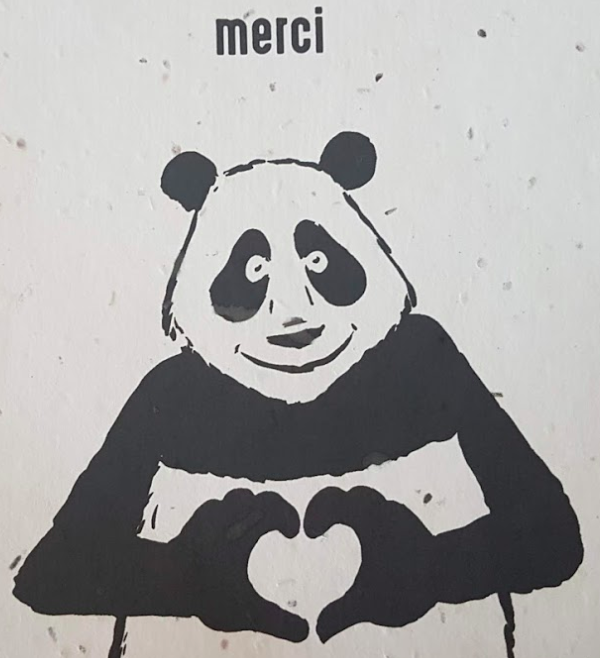
Sign a petition
Several petitions exist on the WWF France webpage to support their ongoing campaigns. For instance, I added my signature to the Stop Plastic Pollution campaign, which already had 1 760 815 signatures. I also signed their petition to make lobbying more transparent. Both campaigns give you the opportunity to share information on social media, a great way to spread the word.
You can also add your voice to the call for a New Deal for Nature and People. Below on the photo is their image that you can after signing up to the deal share on social media. It comes with a link to allow others also to participate. The WWF writes: “The New Deal seeks to protect and restore nature for the benefit of people and planet – proposing no more loss of natural spaces or extinctions as well as halving the negative ecological impacts of production and consumption.”
Indeed, these are just signatures, but all together, they do make a difference. It’s the same effect as “It’s only one plastic straw, said 8 billion people”—but towards a good direction!

Join the Endangered Species Coalition Activist Network
Signing up to Endangered Species Coalition Activist Network is a great way to learn more about how to help endangered species. Last week, for instance, I got to know from their email that there is currently in the US a proposal under examination that “would allow ecologically harmful and unsporting hunting practices on Alaska’s Kenai National Wildlife Refuge. The currently banned methods that they seek to permit include the gunning down of brown bears at bait stations and use of indiscriminate, cruel leghold traps.” Their newsletter links to an opportunity to oppose with a comment to this proposal.
I also liked that they allowed me like WWF to spread the word about the network over social media.
Stop eating red tuna, cod, salmon, sole and turbot
This European Union brochure on 52 tips for biodiversity
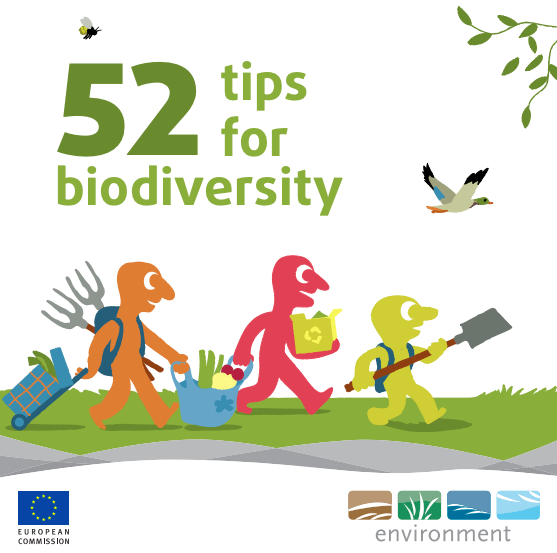
is a great guide online to learn about many tips that we can follow to protect endangered animals and plants in our daily lives. I rarely eat fish. However, when I do, I have decided that I will no longer eat cod, salmon, sole, turbot or red tuna. According to this EU guide,
“it is urgently recommended that you stop consuming these species. Overfishing, counterproductive capture periods (often at the height of the reproductive season) and certain fishing methods (which destroy the seabed or accidentally catch juvenile fish) threaten the renewal of their populations. Give fish time to rebuild their populations. Eat fish and crustaceans that belong to non-vulnerable species. And buy fish that are caught locally or that have an MSC label.”
Discover hotspots of biodiversity
Biodiversity hotspots are some areas on our home planet that are both biologically diverse and highly threatened. According to Conservation International, a biodiversity hotspot is a region that has “ a high percentage of plant life found nowhere else on the planet. A hotspot, in other words, is irreplaceable. It must have 30% or less of its original natural vegetation. In other words, it must be threatened.”
There are 36 regions like that on Earth. For instance, the mountains of Central Asia, the Mediterranean Basin, and the Chilean Winter Rainfall-Valdivian Forests are among the 36 biodiversity hotspots.
Reading the Ecosystem Profile for the closest hotspot to my home — the Mediterranean Basin — I learned that it is the second largest hotspot on the planet. And it is the third richest hotspot regarding plant biodiversity. Unfortunately, 23% of species are globally endangered and 32 species have already become globally extinct…
Buy stick collide escapes for windows to protect birds
In the few years since we moved into our new home, three birds have died on our balcony. They all passed away after accidentally colliding with a window that was hard for them to see. I was so happy to read that there might be a solution to help to avoid such accidents. Apparently, sometimes the windows function as mirrors, reflecting sun rays. And birds do not see the glass. I bought these bird silhouette stickers
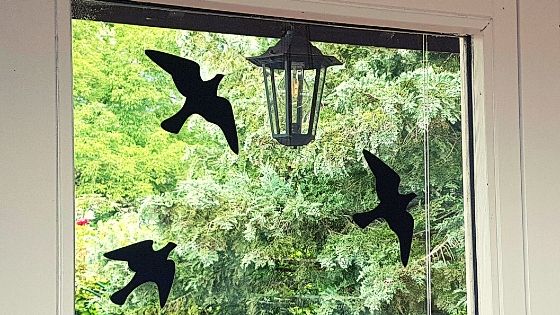
that are made to alert birds and prevent these collisions. I had seen these stickers on verandas and windows, but I did not know before that their purpose was to protect birds. Let’s see if they work.
Adopt an animal to protect biodiversity
Last week we adopted Soko, a chimpanzee from Côte d’Ivoire forests whose photo is below.
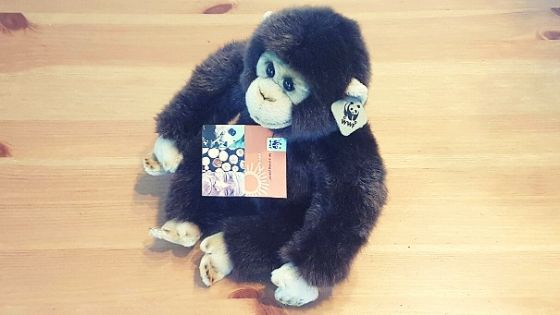
It is a symbolic adoption offered by WWF, but a great way for kids to learn about conservation. Our oldest son Lev suffered from eco-aversion as result of some of my green parenting mistakes. However, when it comes to wildlife conservation, Lev has become a fervent supporter. In particular after he helped the toad and other amphibians on the other featured photo to get to their reproduction site few months ago. Lev was thus especially interested to learn about chimpanzees’ life in African forests.
I also liked the idea of giving a name to new species, but the minimum donation for that is 2600 euros (www.biopat.de), which currently is beyond my budget.
There are many great ideas out there for protecting biodiversity online, without leaving your couch. What are the ways you have tried to contribute to protecting wildlife online? I would love to hear your tips!

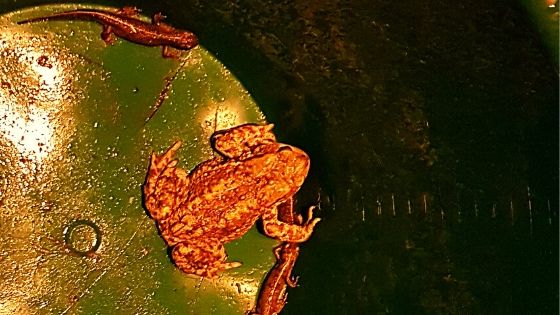
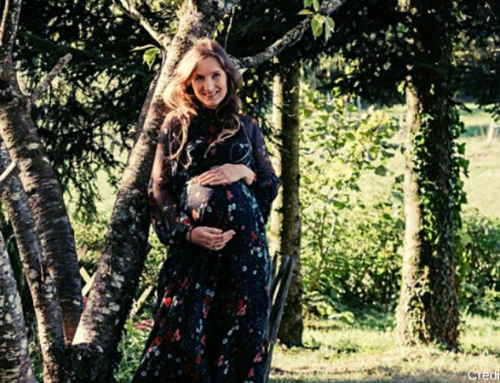
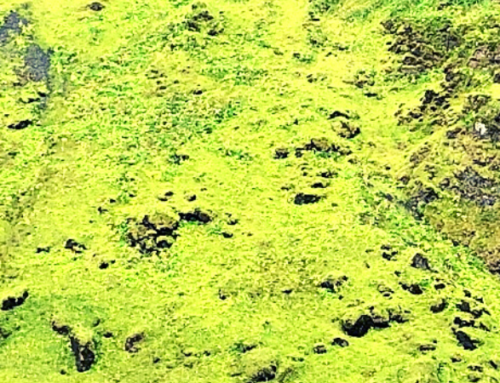
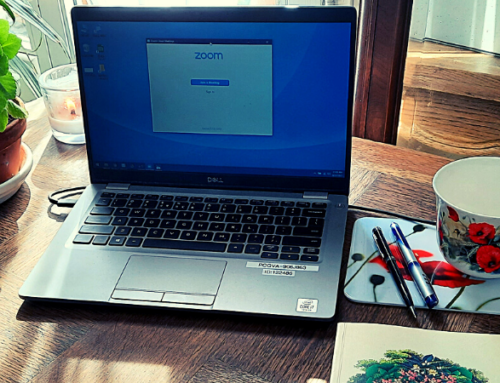
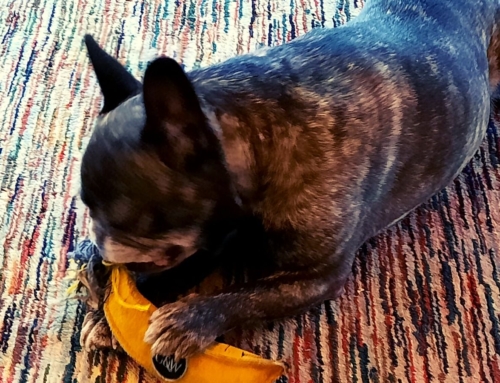
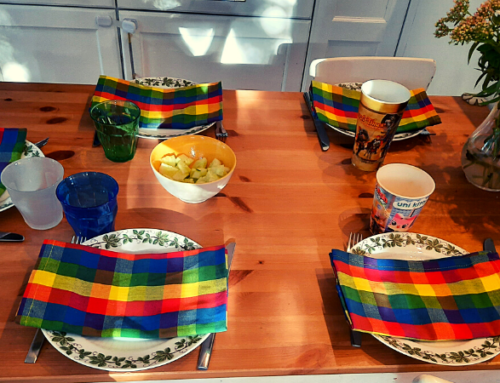
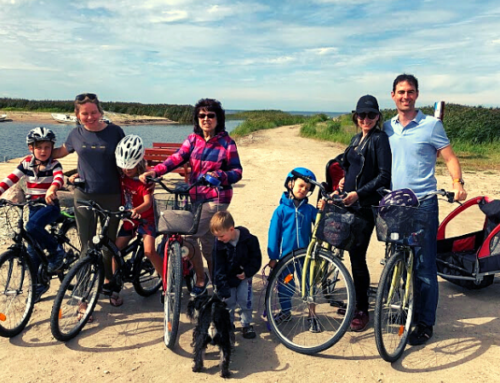
Thanks for your post, Nika. I never thought of those Bird stickers as directly protecting biodiversity – but you are right they are saving lives 🙂 Now we have 3 birds constantly on our window (stickers) and I thought it would annoy me but they disappear of your mind after a while so glad for it. Continue with the posts! Jim
Thanks Jim for sharing that! I know, I was also afraid that they might not look nice, but now I am very happy as since then no bird has hit herself!
Dear Nika, thank you so much for your post. I have these bird stickers since many months and have not yet stuck them to our windows. I will do this today thanks to your inspiration.
Protecting biodiversity starts for us by the way we consume and this in all areas: food, clothes, transportation. Thanks for all your past posts that have been very inspiring and encouraging to keep going into the right direction, even in COVID-times
Thanks Maya for your reply and sharing your experience! You are also a source of inspiration for me in my green journey and have given me many ideas of change!